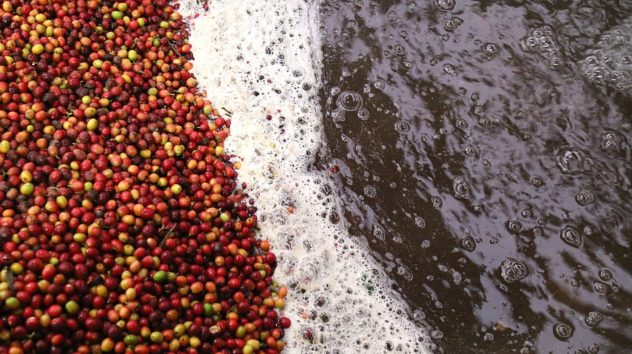Most likely, you haven’t given much thought to how the coffee in your cup became the coffee in your cup. And maybe you didn’t know that the key element to coffee is the seed inside the fruit. Here are the steps your coffee takes to become the coffee you drink before work.
Seeds and Fruit
When coffee seeds are processed, they are used to brew coffee, and when they are unprocessed, the seeds are planted to grow more coffee shrubs. A country’s wet season is prime time to plant the coffee seeds so that the ground is moist and apt for growing. Depending on the climate, a coffee tree can take up to four years to produce the necessary coffee cherries. When the fruit has a bright red hue, it is ready to be harvested.
Processed and Dried
After they have been harvested, the cherries are either dry-processed, which is the oldest and most common way to process coffee, where the picked cherries are spread out to dry in the sun, a process which can take up to several week, or wet-processed, which removes the pulp from the cherry so that the bean is dried only with its parchment skin, saving weeks of time. If the coffee beans have been wet-processed, they are dried by being pulped and fermented. Wet-processed beans are hulled to remove the parchment skin, while hulling dry-processed coffee removes the bean’s entire husk.
Exported, Tasted, Roasted, and Grinded
After sorting the beans by different grades, they are exported to various countries and are later subjected to a taste-test by a person called a cupper. This person puts the beans in a plastic cup and uses a spoon to taste them for their flavor, aroma, and quality of the beans. Raw, green coffee is roasted and becomes the aromatic brown beans we are familiar with, then they are grinded finely so the beans can be brewed. And finally, they arrive in your cup.
No matter how our coffee is processed, it will always leave you satisfied. Make sure you try all of our varieties when you visit us and stop and appreciate how your coffee arrived in your cup.



